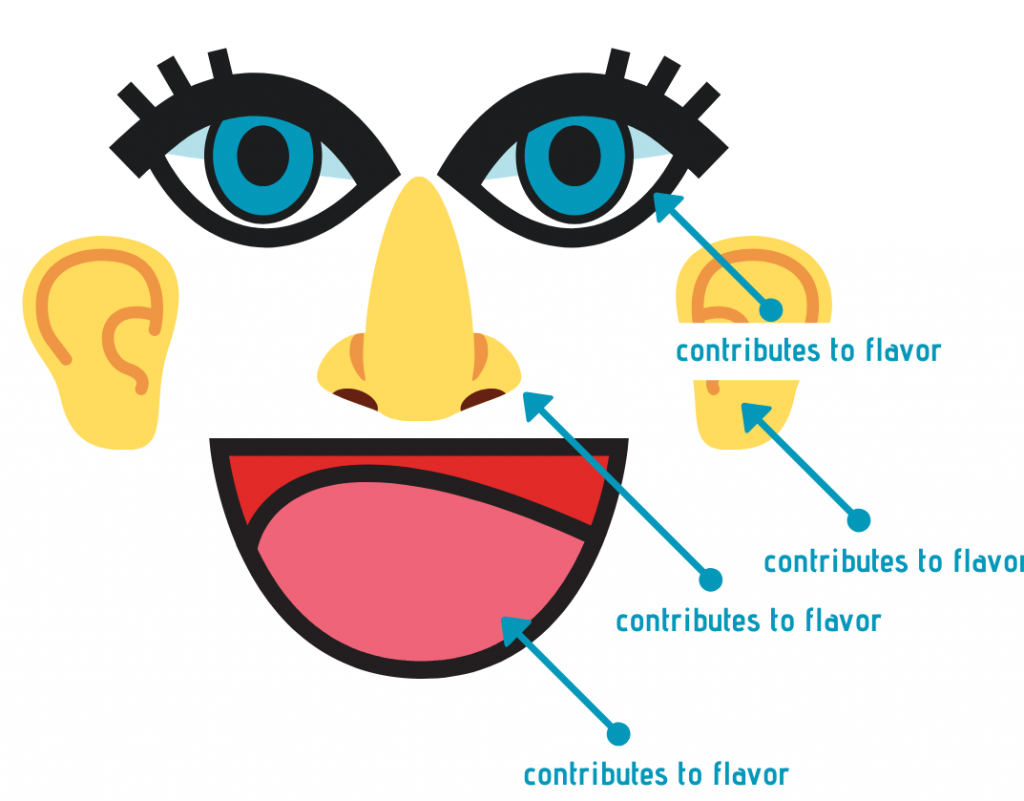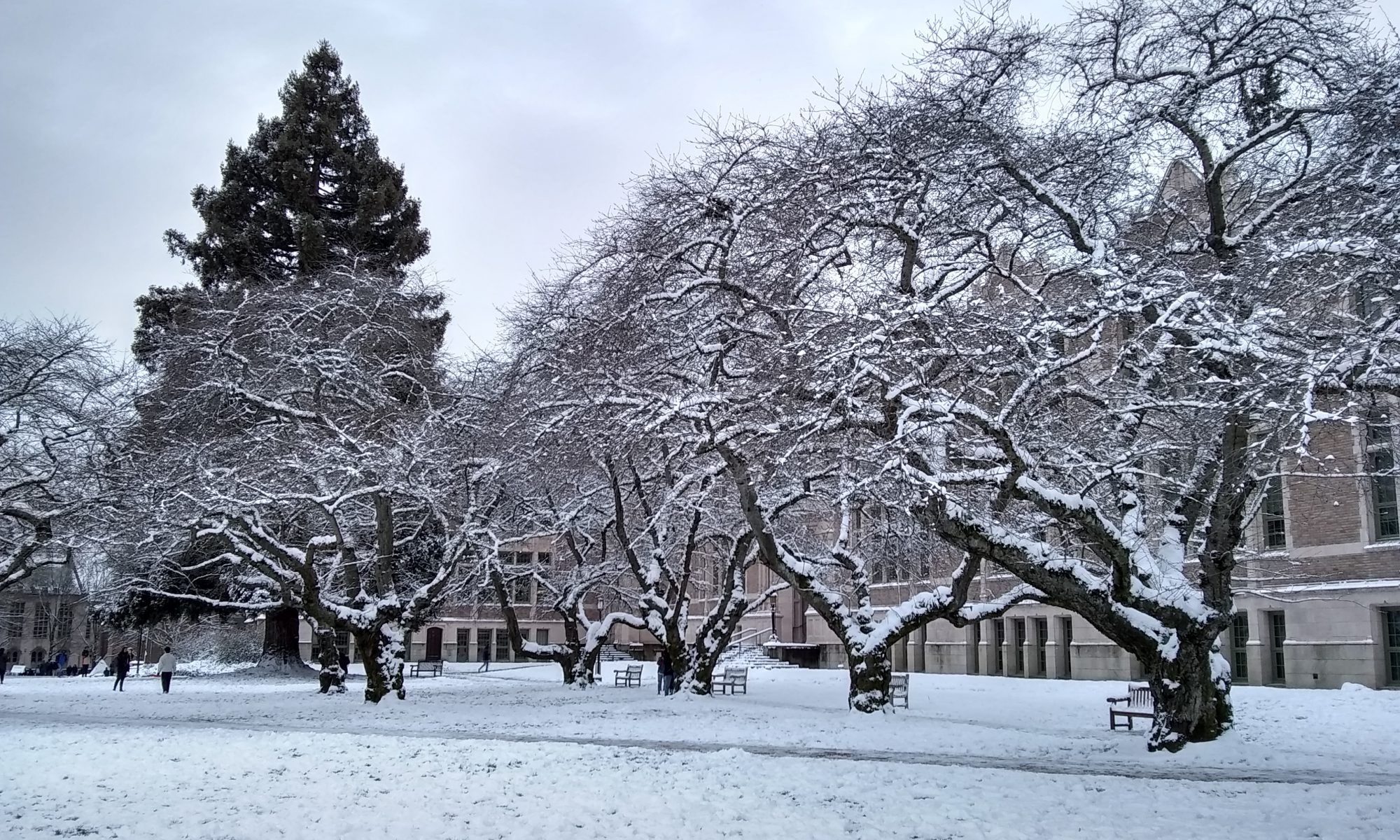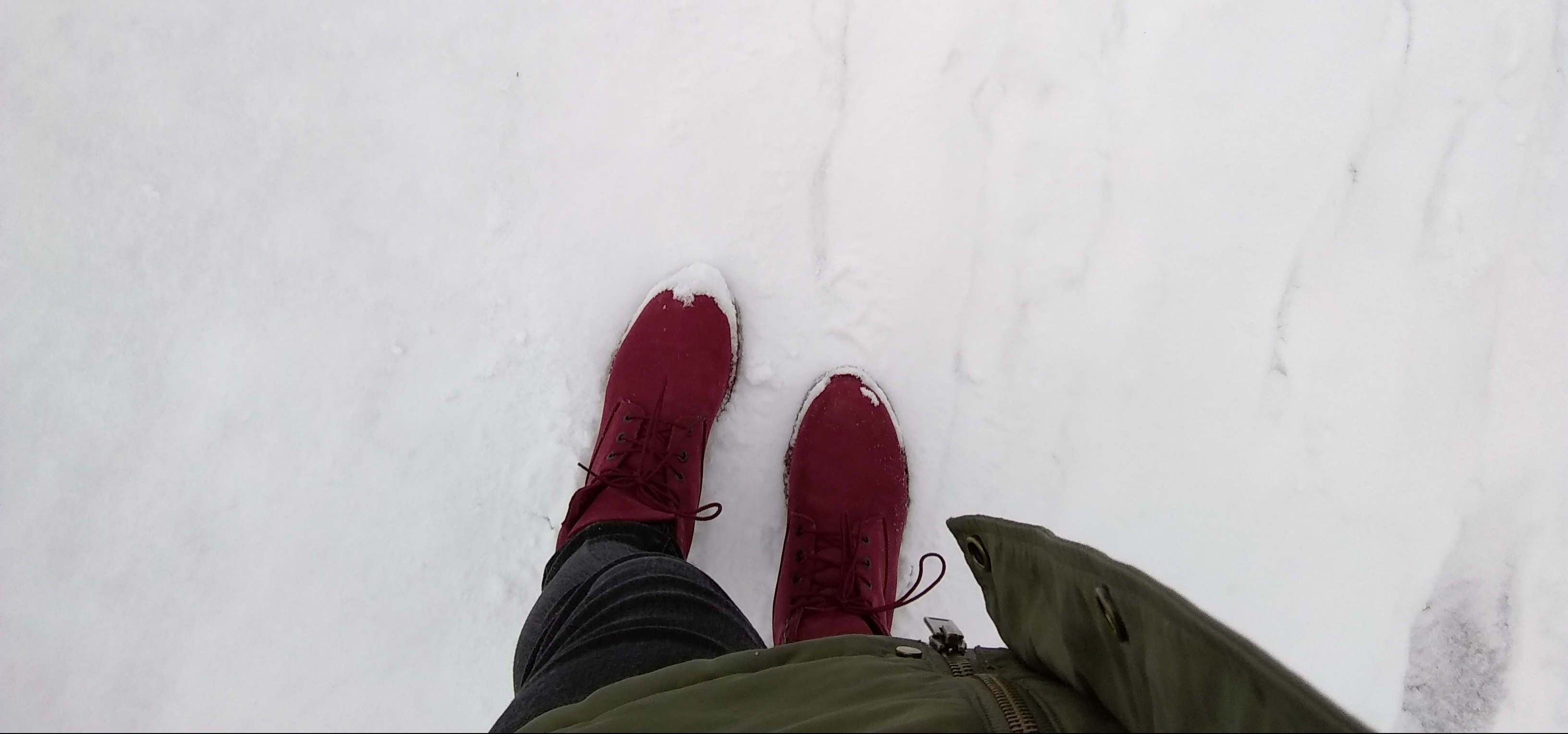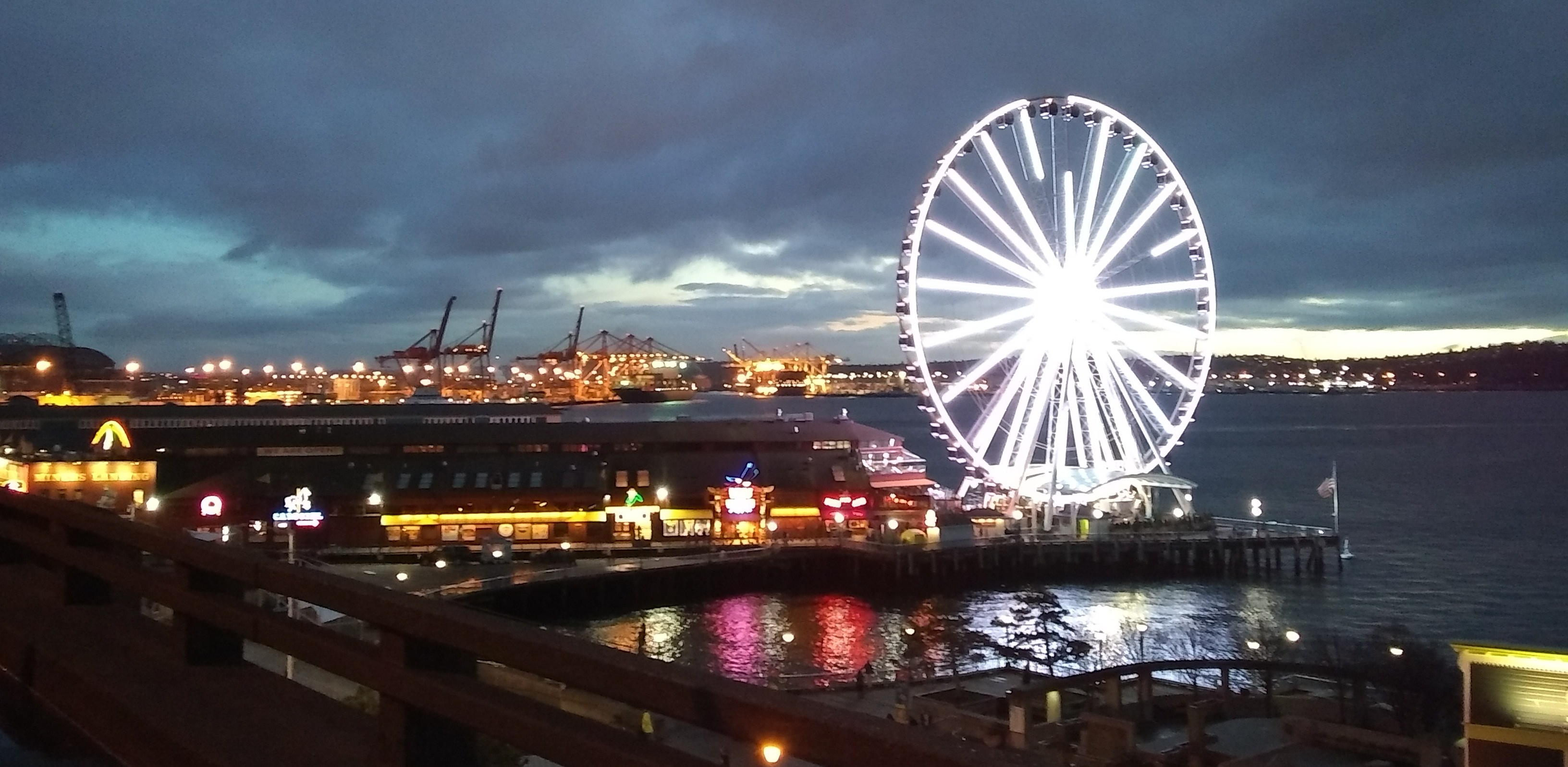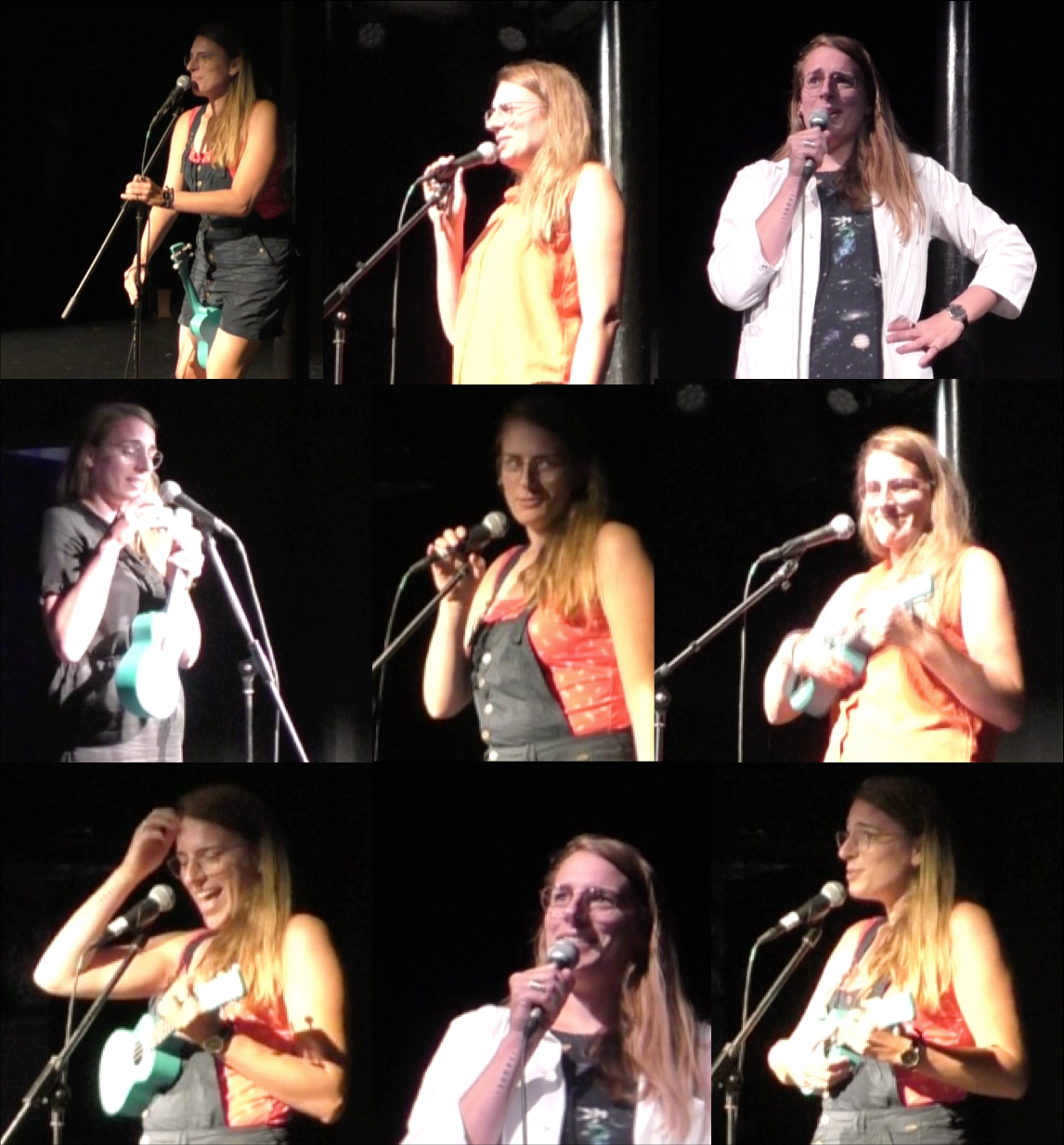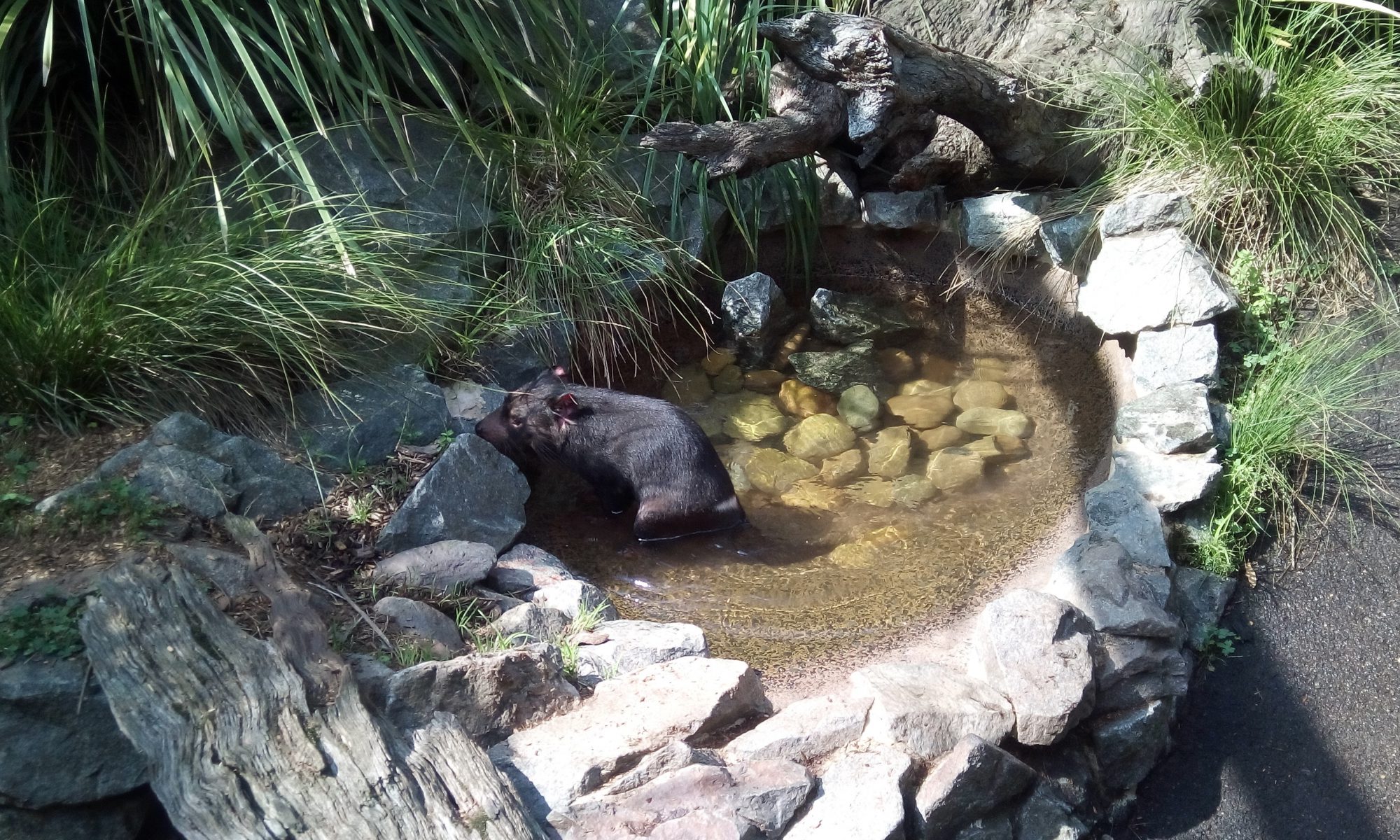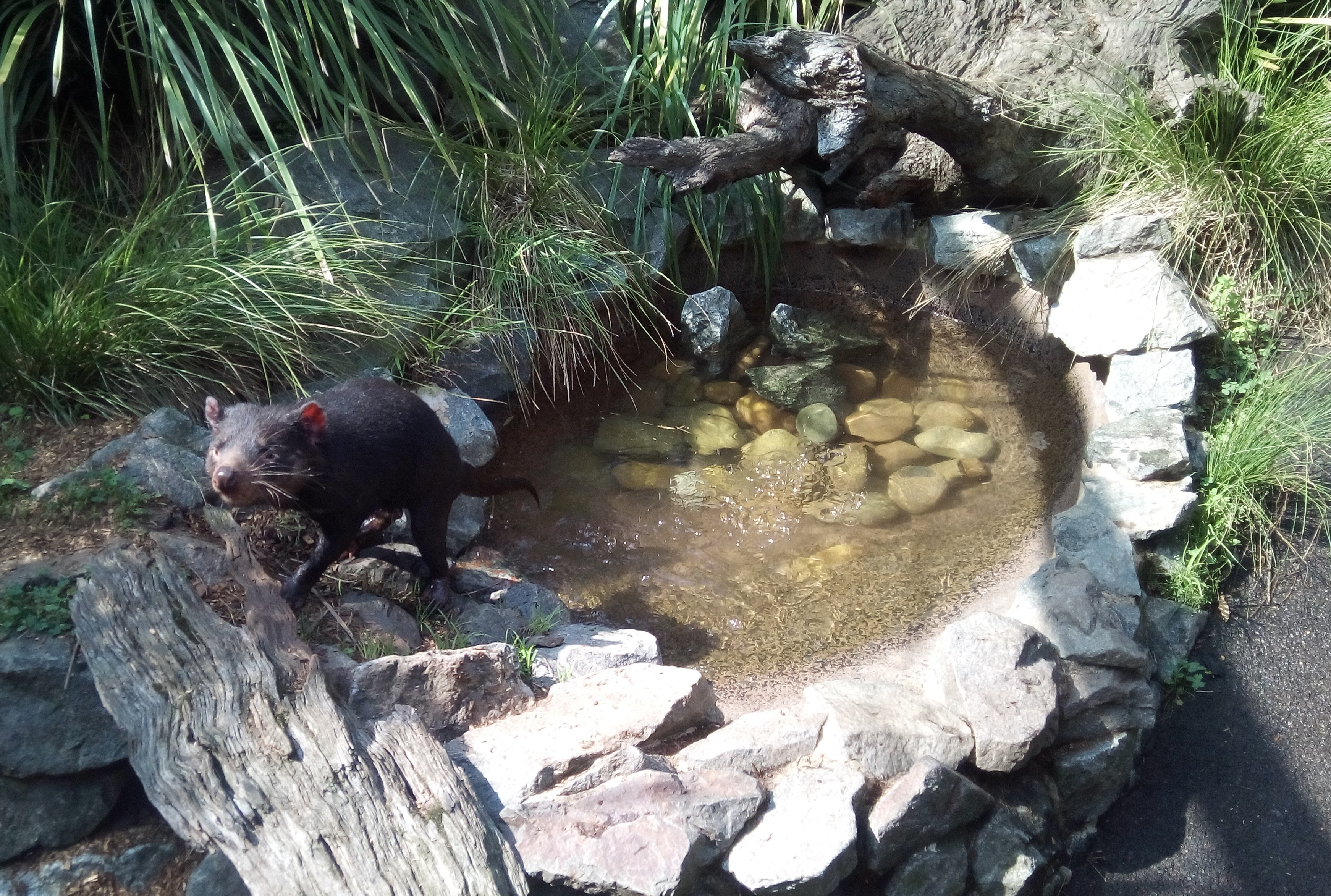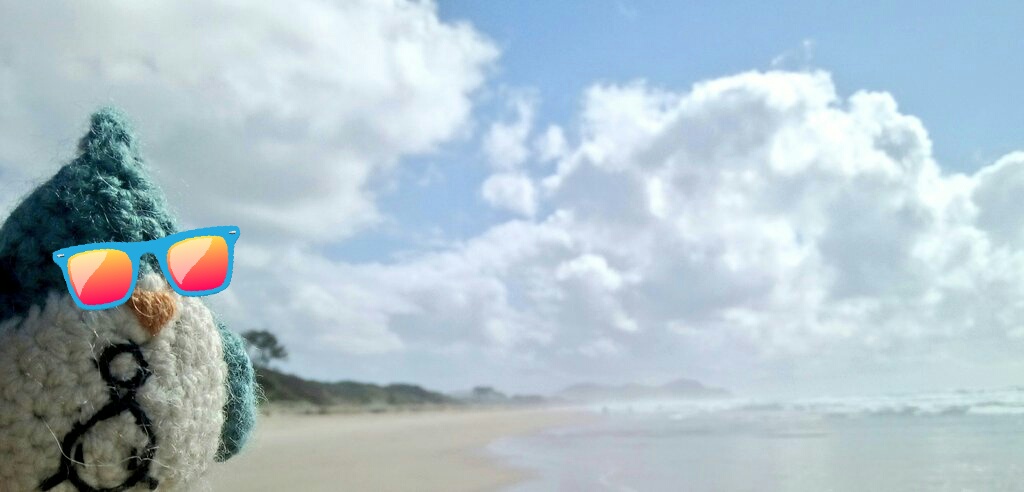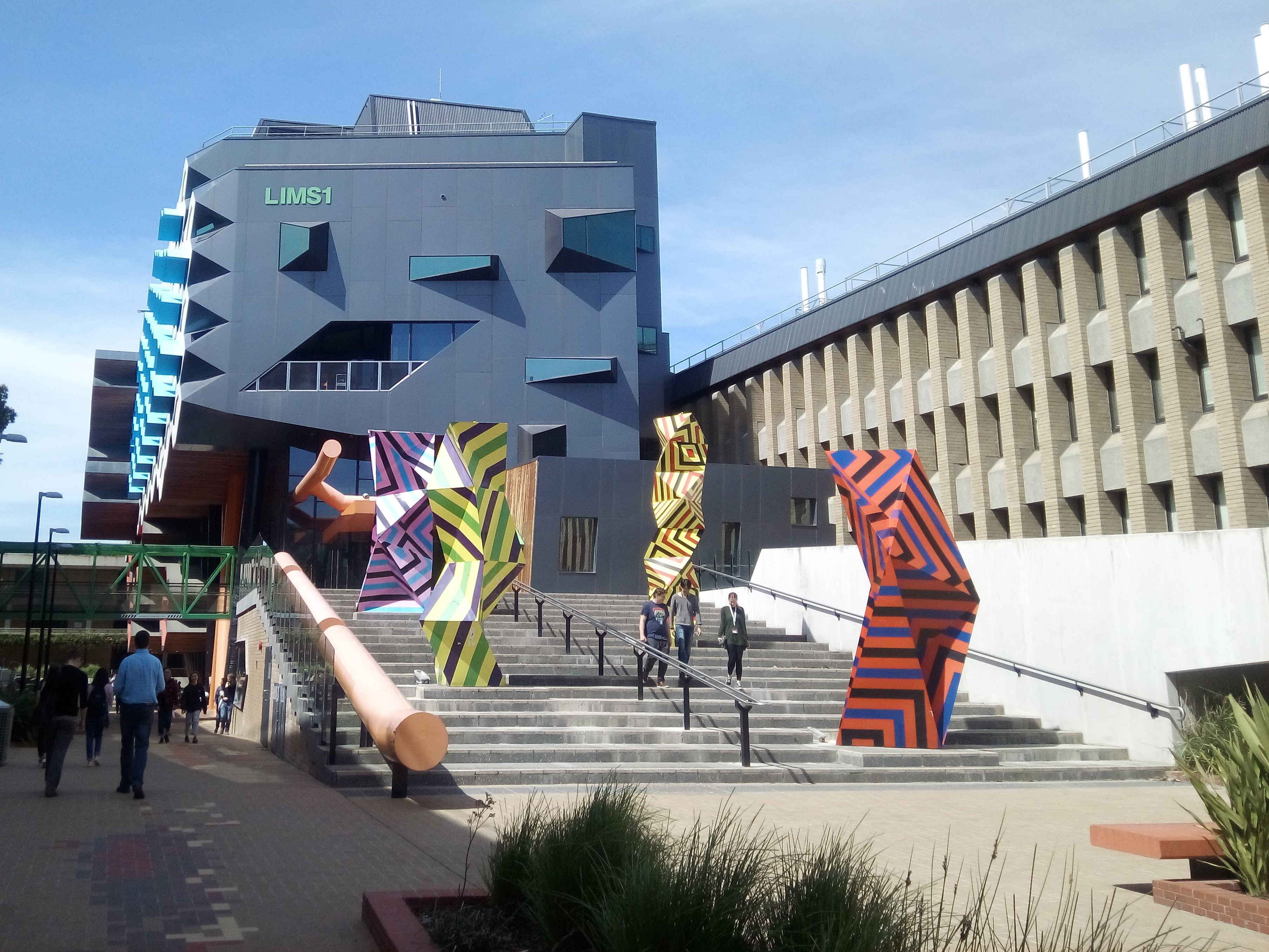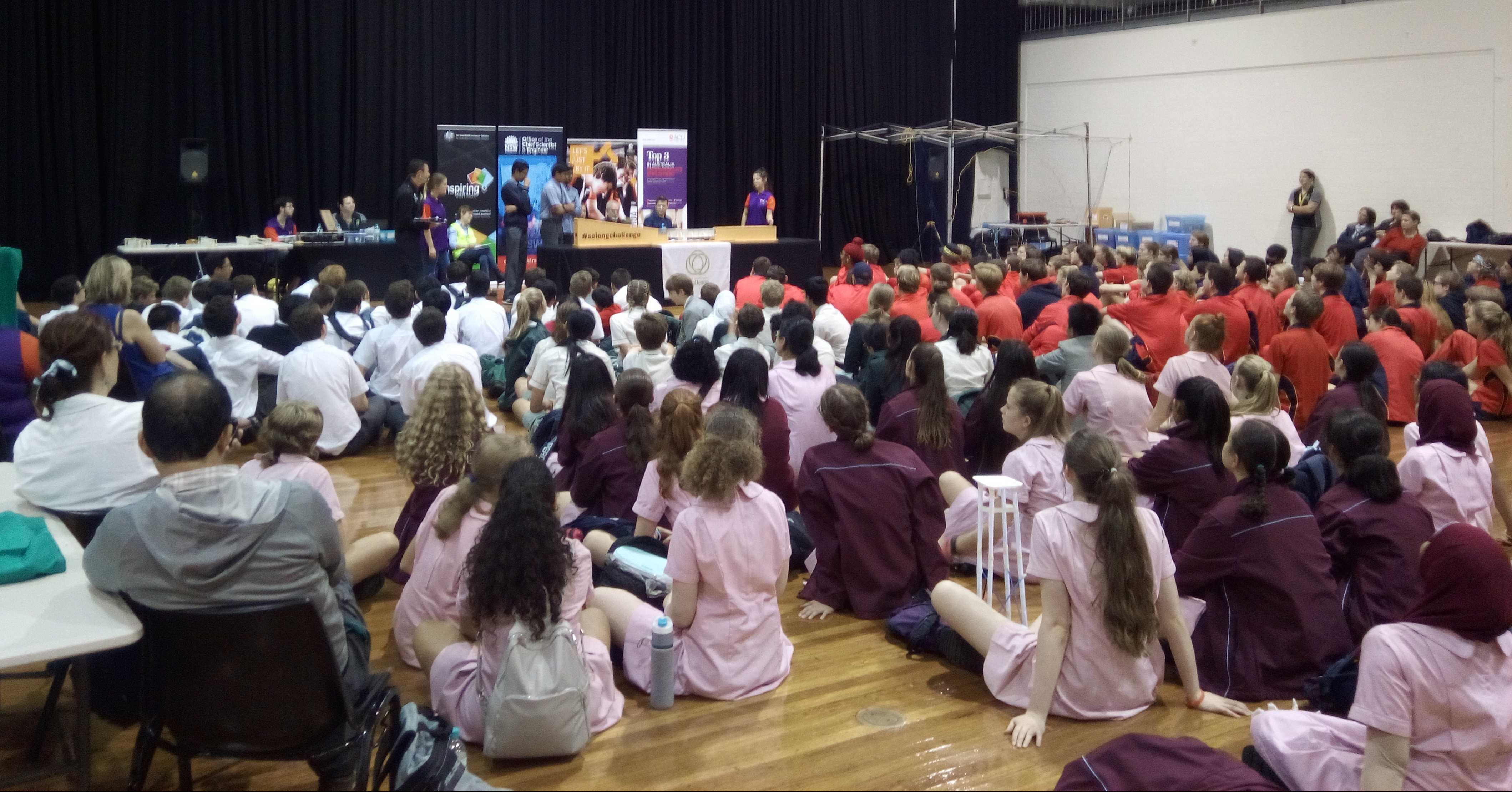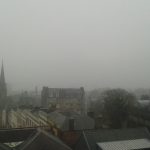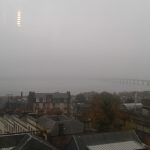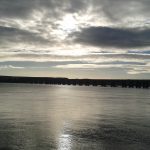I recently started a new job, and in its novelty, it feels somehow quite familiar. Once again, I find myself in a building named after my field, wierdly literally; once again, I find myself on the top floor; and once again, I have a view over a body of water.
And once again, I have a view over a bridge that humans have built across said body of water.
The inspiration: William Topaz McGonagall and the Tay Bridge
7 years ago, I wrote about the Tay Bridge, and how the poet William Topaz McGonagall–no relation to Minerva, obviously, who is fictional–seemed quite obsessed with that bridge. In August 1877, he wrote an ode to the Beautiful Railway Bridge of the Silv’ry Tay, in which he praised its arches and pillars, and prayed that no accident would ever befall the passengers crossing the bridge by train, for that would be most awful to be seen.
But alas, with the very writing of his poem about the majestic bridge, it seems he had unintentionally caused it doom. Two years later, in December 1879, the bridge collapsed during a storm causing a passenger train to fall into the river Tay and inspiring McGonagall to write what would become his most famous bad poem: The Tay Bridge Disaster.
I’m not here today to talk about McGonagall, actually, except to point out that he has inspired me to write my own poem, of a bridge that I now have the joy of seeing every day (weekdays from 9 to 5).
Depending how much time you have, and before you judge my incredible poetry skills (it is, as I said, a tribute to William Topaz McGonagall who is generally considered to be the worst poet to have ever lived), I recommend you check out some of his poems, especially those related to the Tay Bridge, in order of appearance:
The result: An Ode to the Ship Canal Bridge
And now, I share with you, an ode to the Ship Canal Bridge in Seattle:

In the year 1962, on the 18th day of December
A bridge opened up that was sure to be remembered
A largest of it’s kind in the beautiful Northwest
And dare I say, by some considered the best
Bridges as majestic, there are few
Like the one connecting down town to district-U
It’s here the interstate of the number five
Uses steel upon which cars can drive
For the full 4,429 feet that it is long
All cars belong
182 feet high, they often stand in queue
Making their way downtown from the district of U
Spanning across Portage Bay
It’s double-deck steel will never lead you astray
The upper deck goes both ways
Even on the most rainy of days
And down below, express lanes take you
Southbound in the morning, and in the afternoon to the U
It’s truly a magnificent sight to see
Whether from the high buildings of the university
Or from a boat floating on Union Lake
The Ship Canal Bridge is sure to withstand any quake
For truly, dare I say, bridges as majestic, there are few
Like the one connecting down town to district-U
You can find the full known collection of the misunderstood genius of William Topaz McGonagall on: https://www.mcgonagall-online.org.uk


